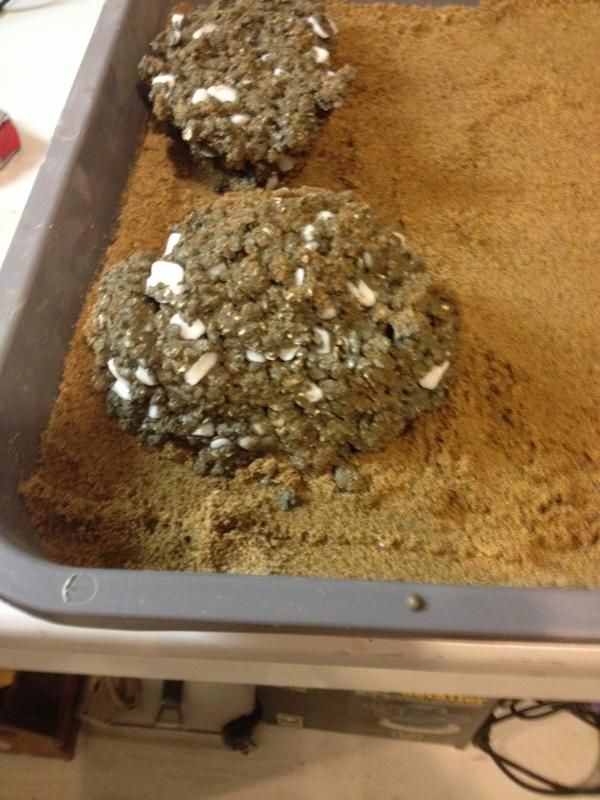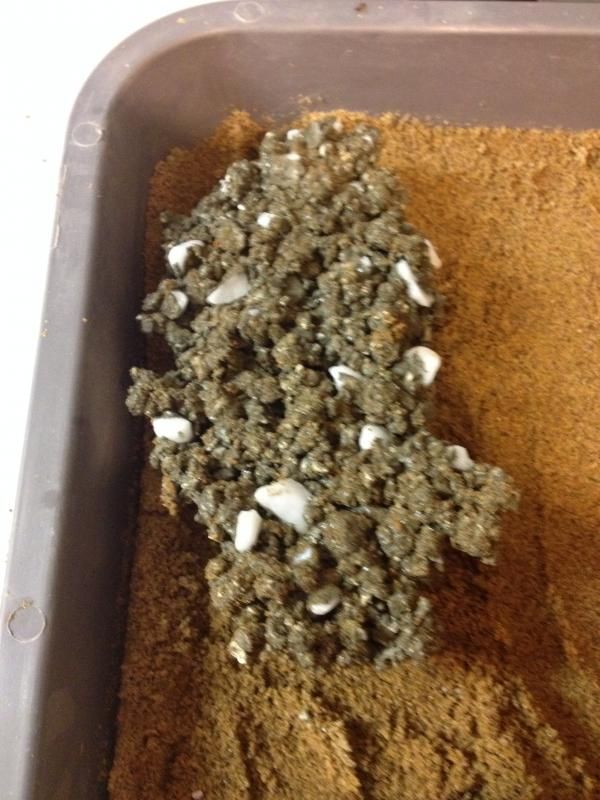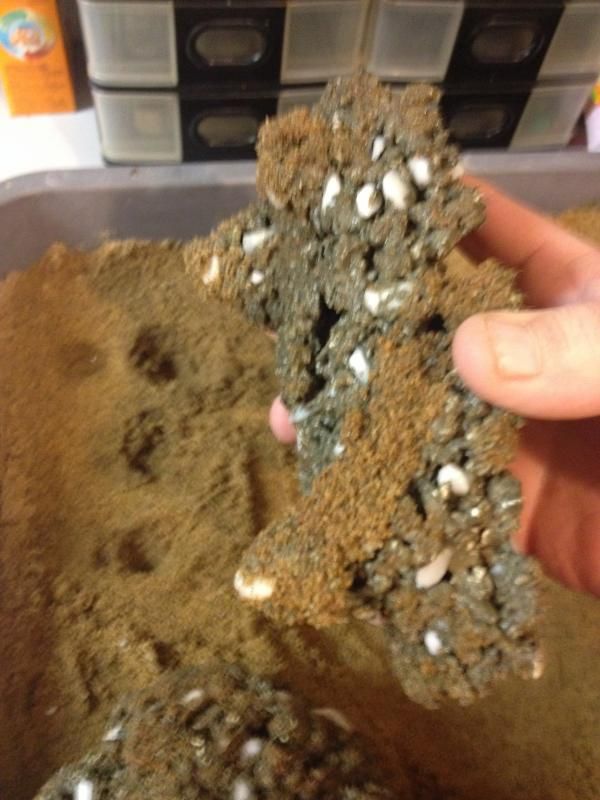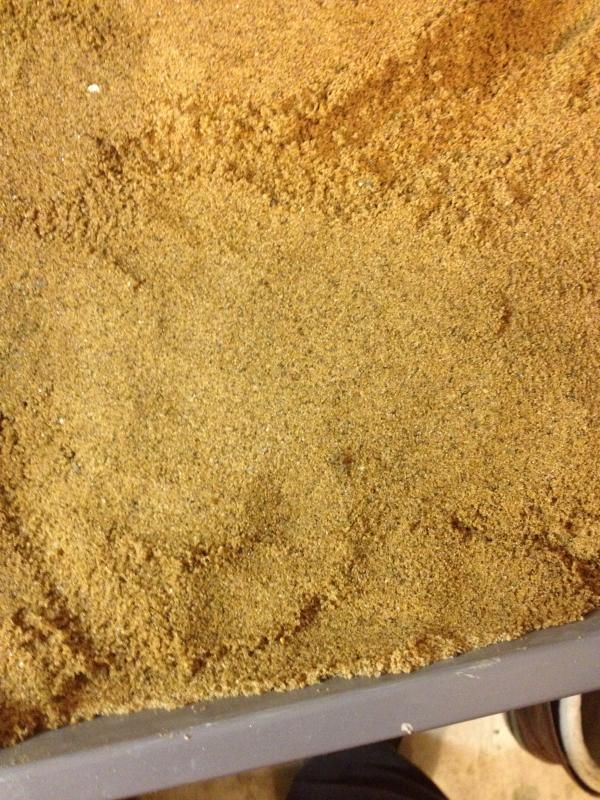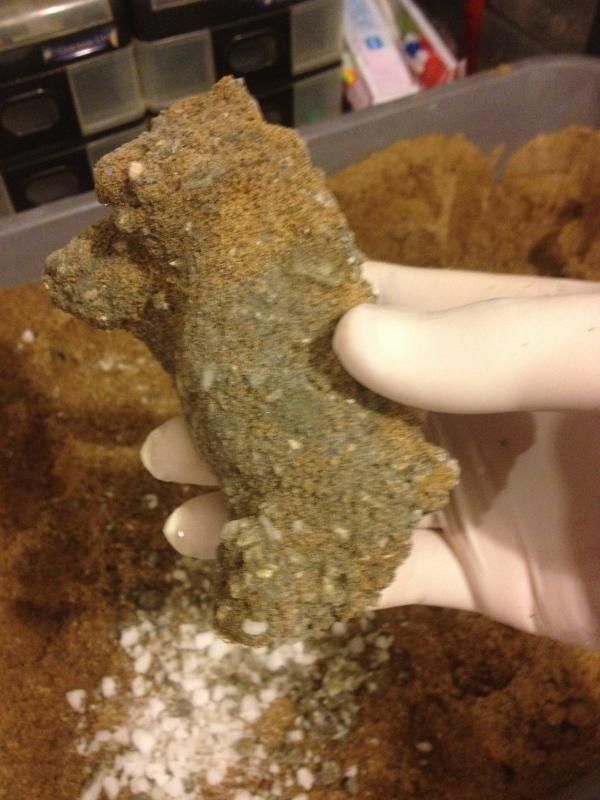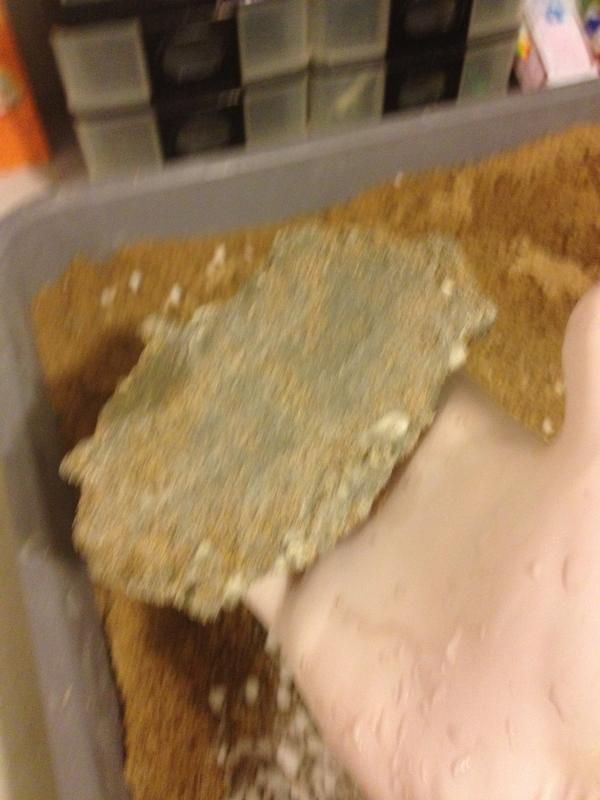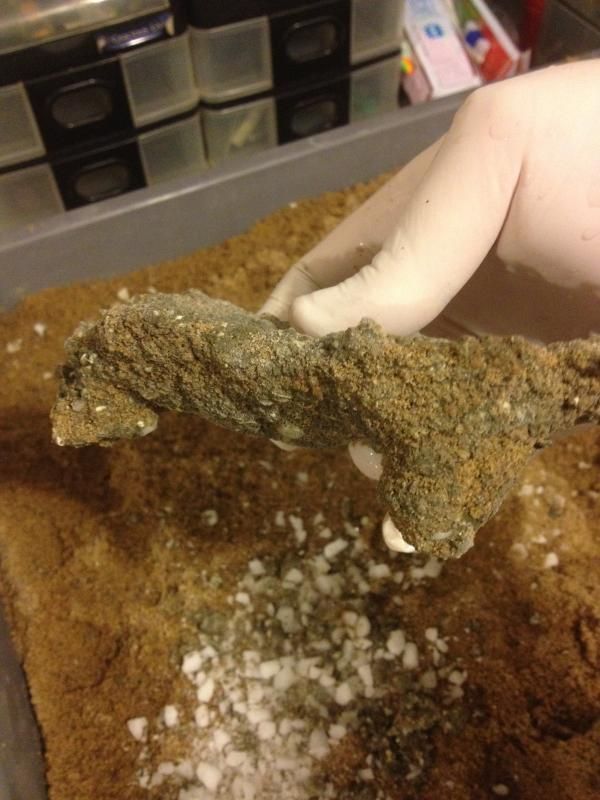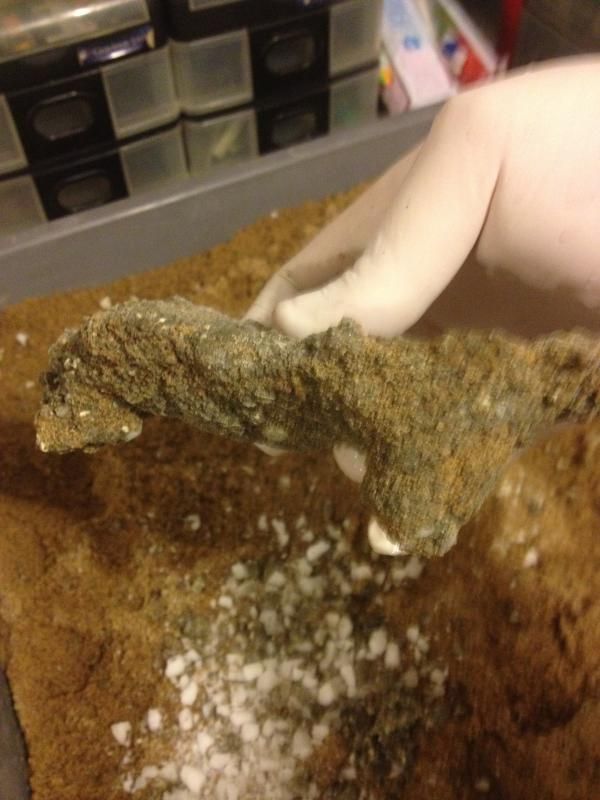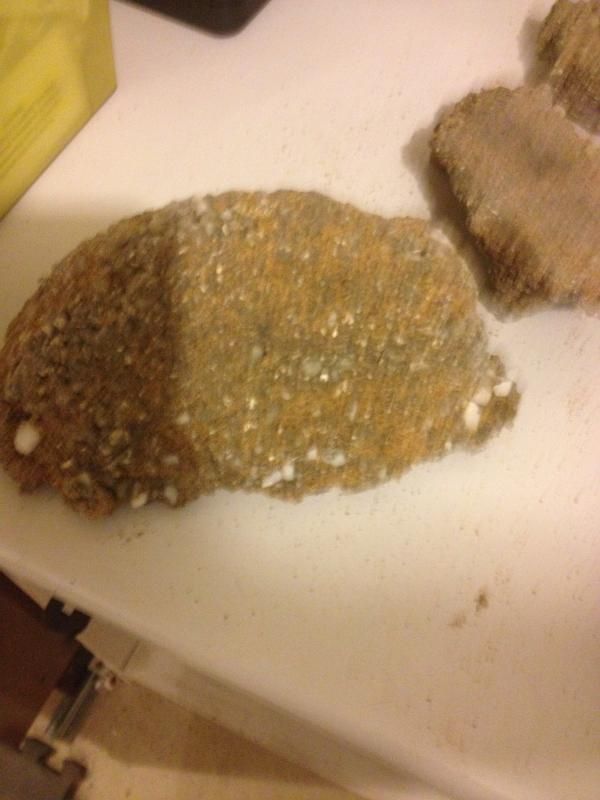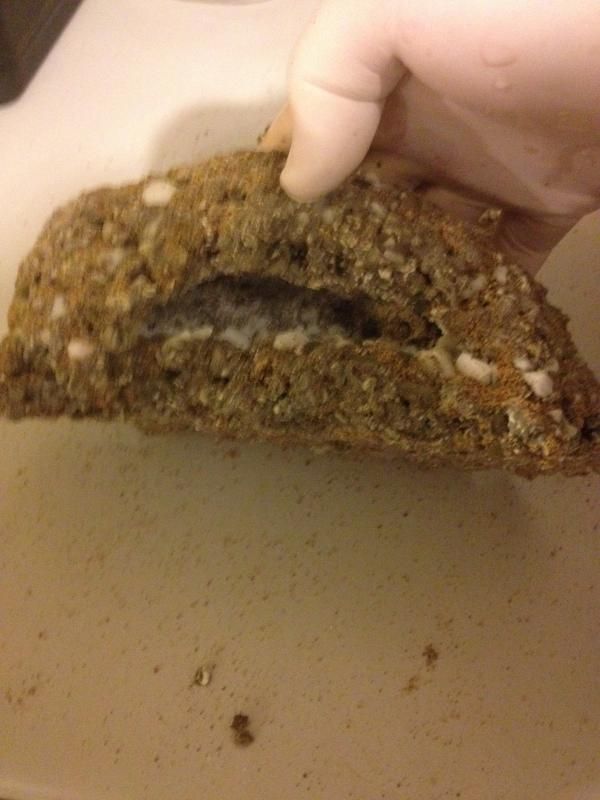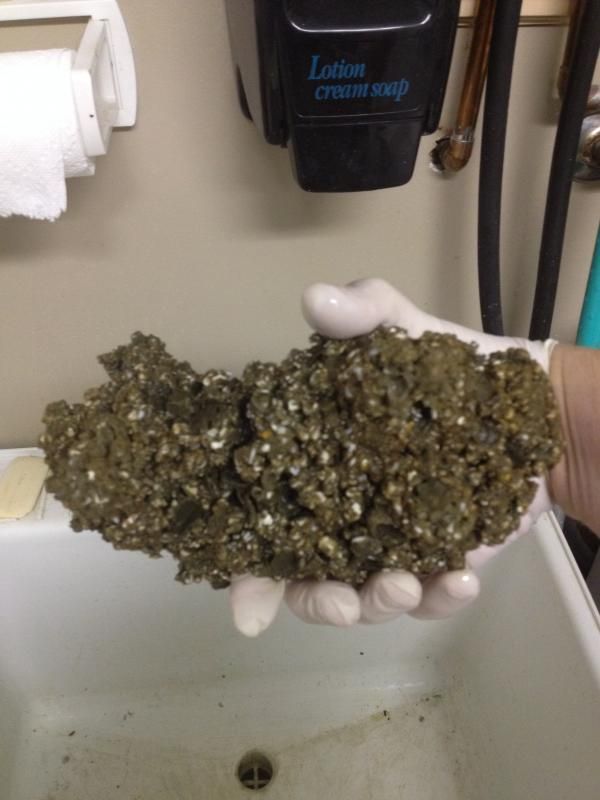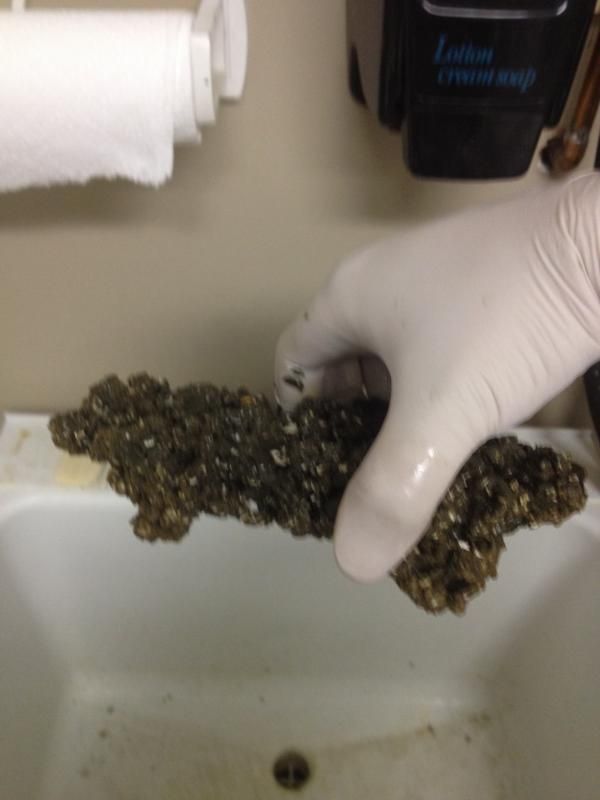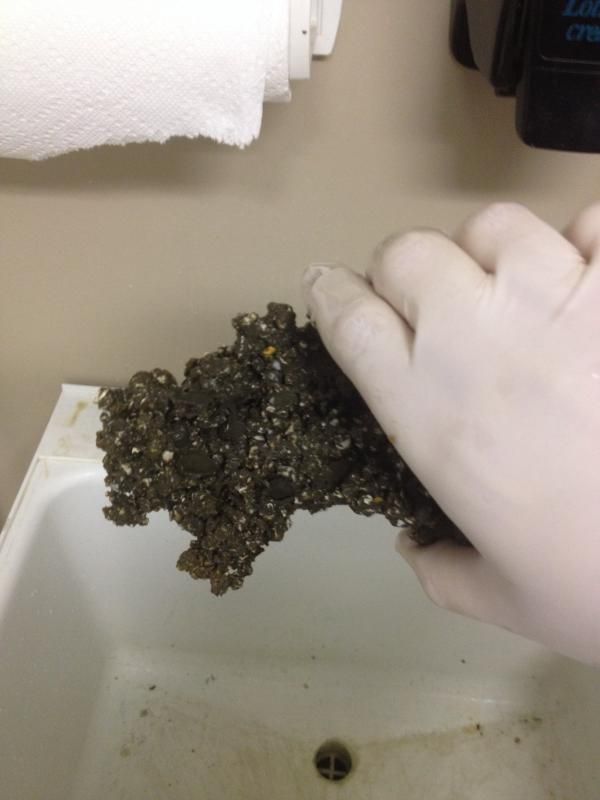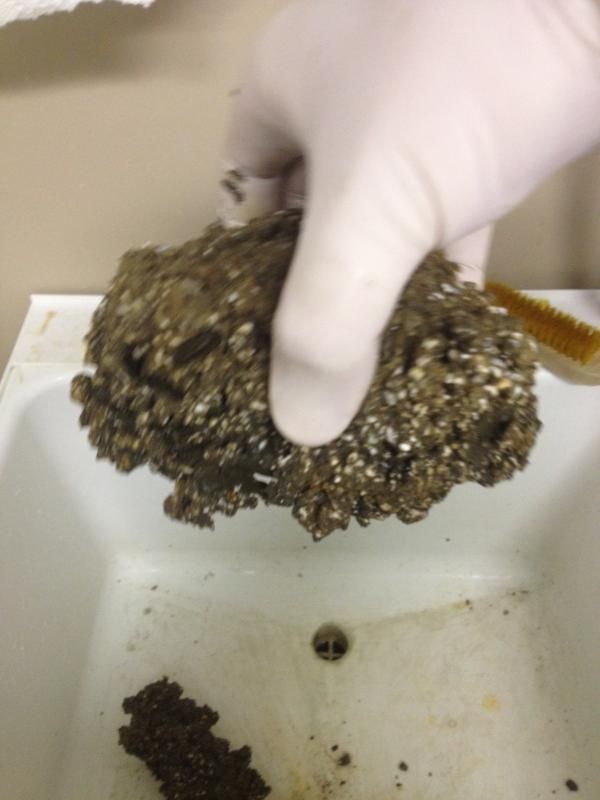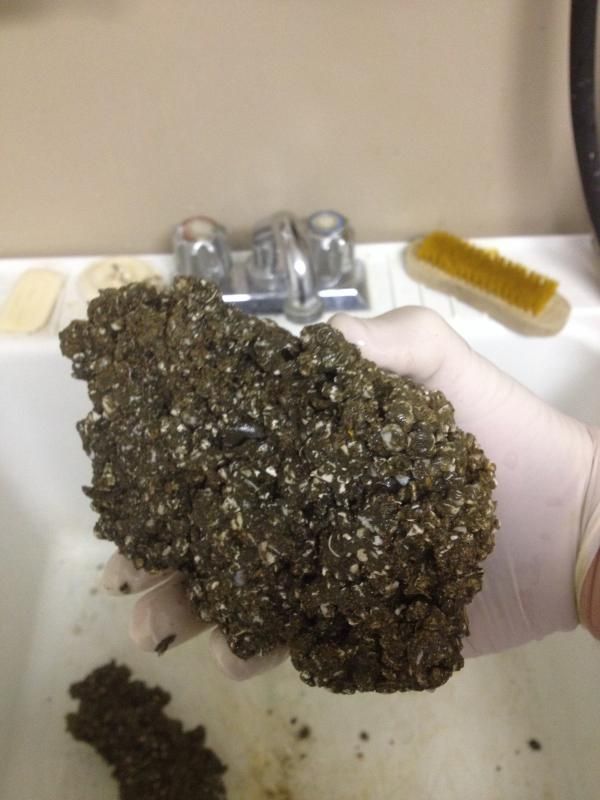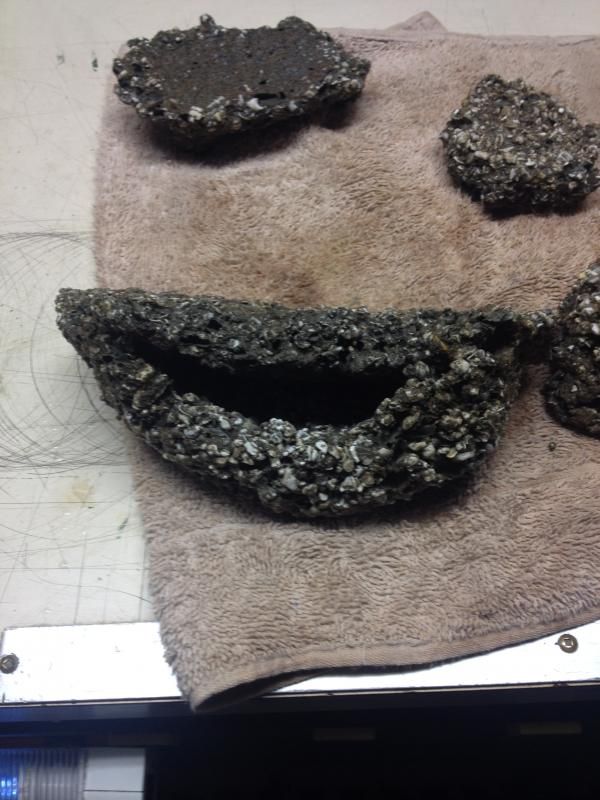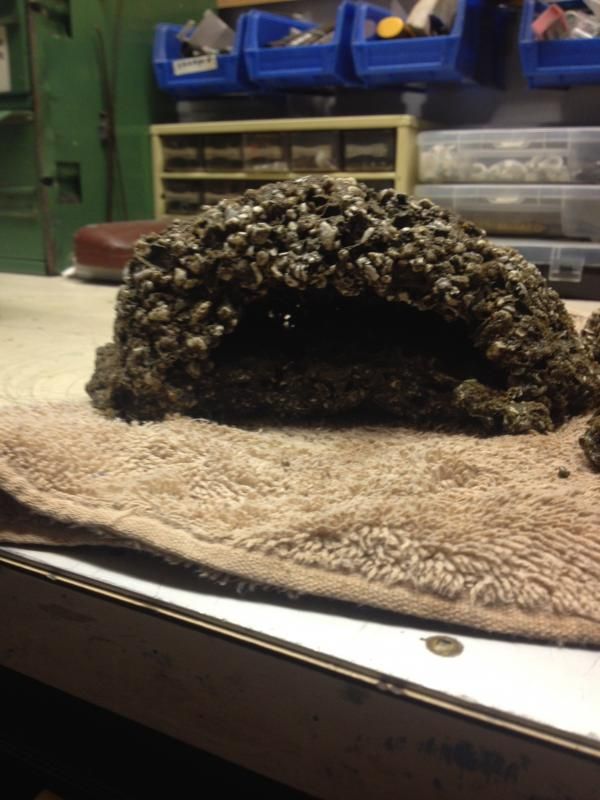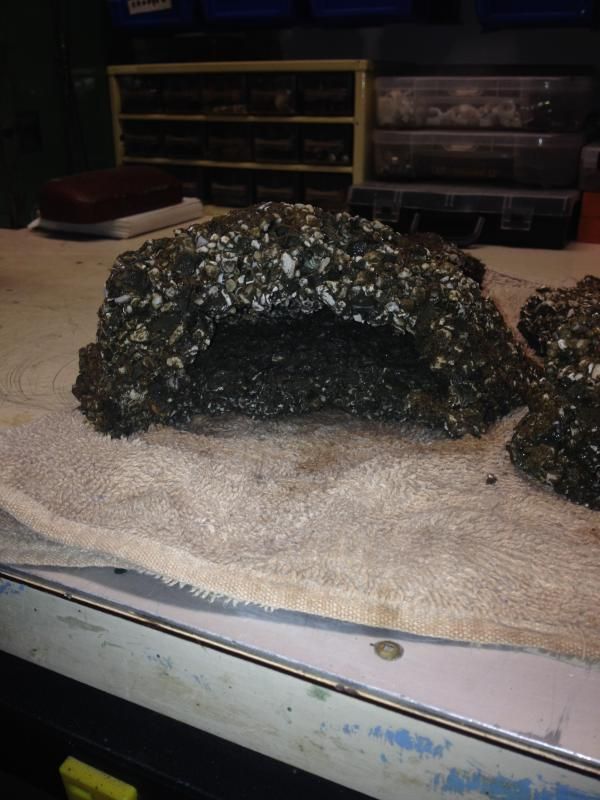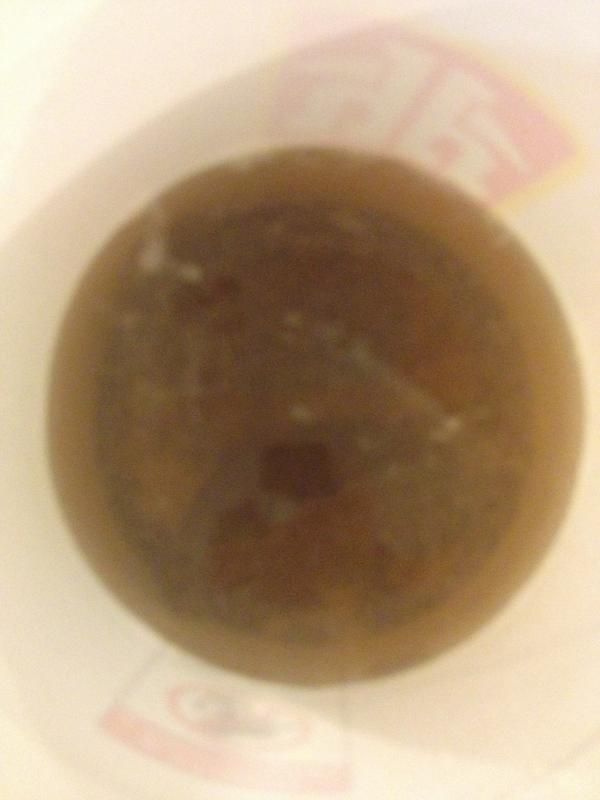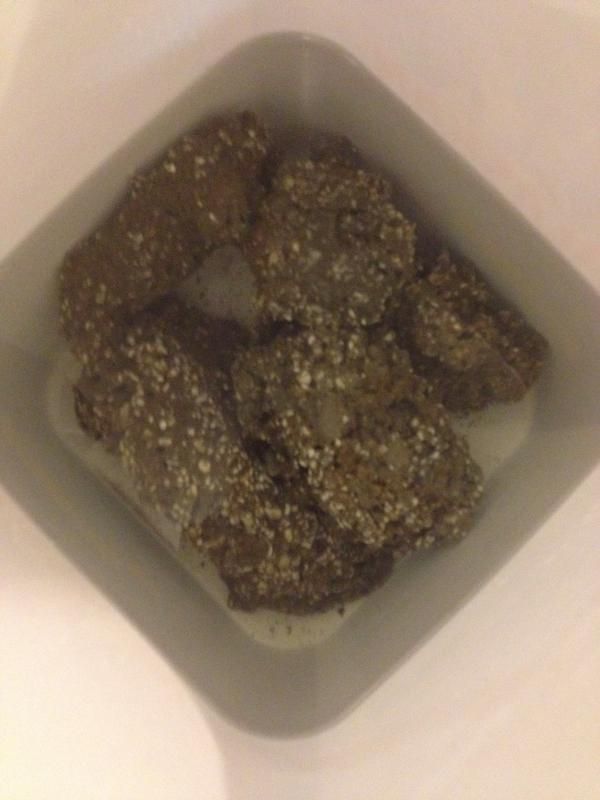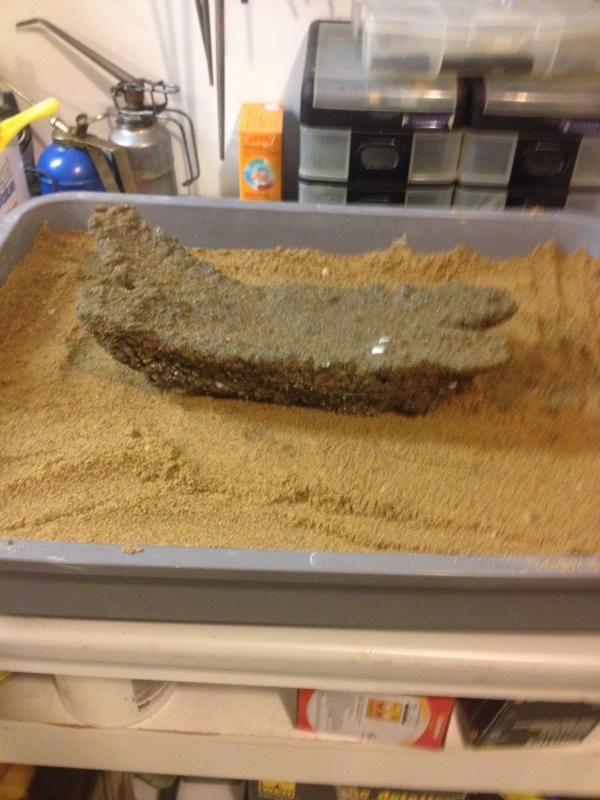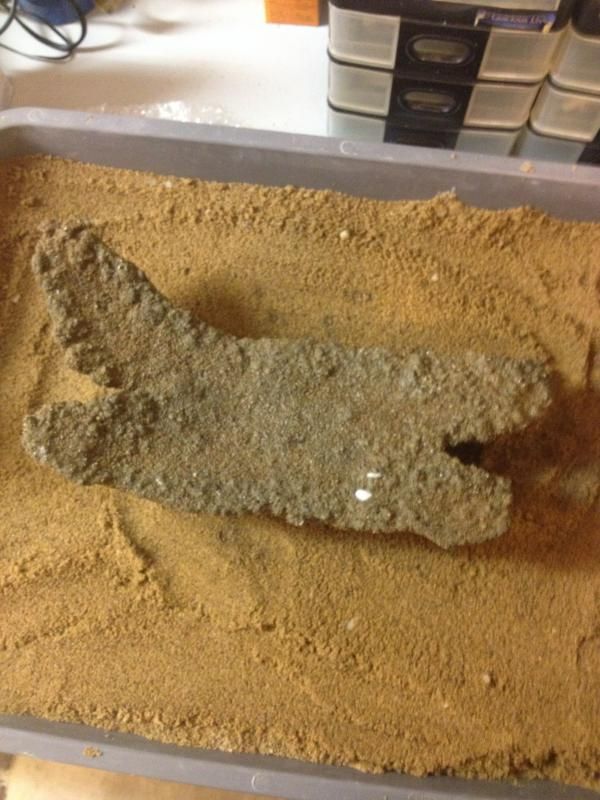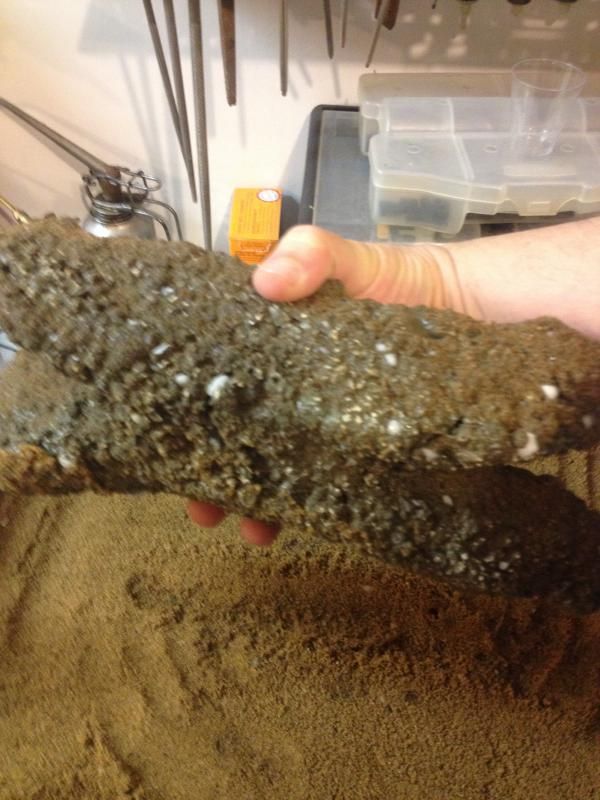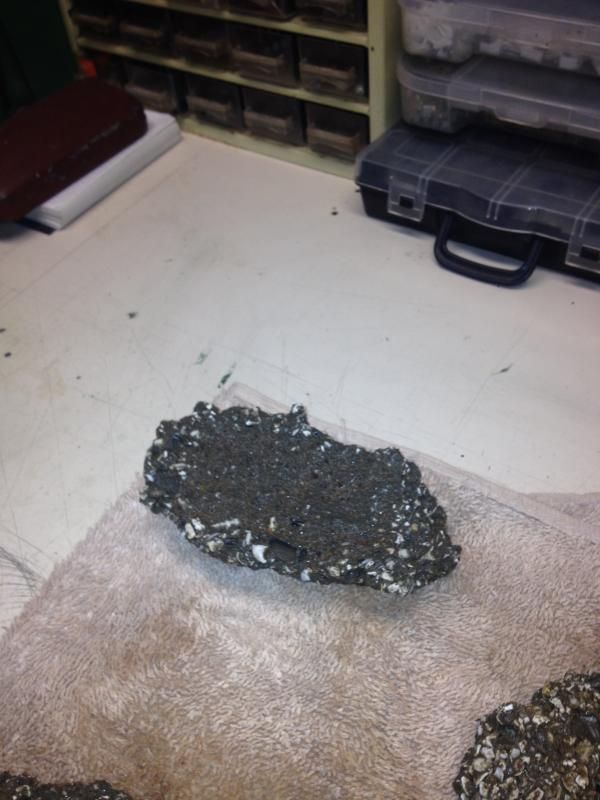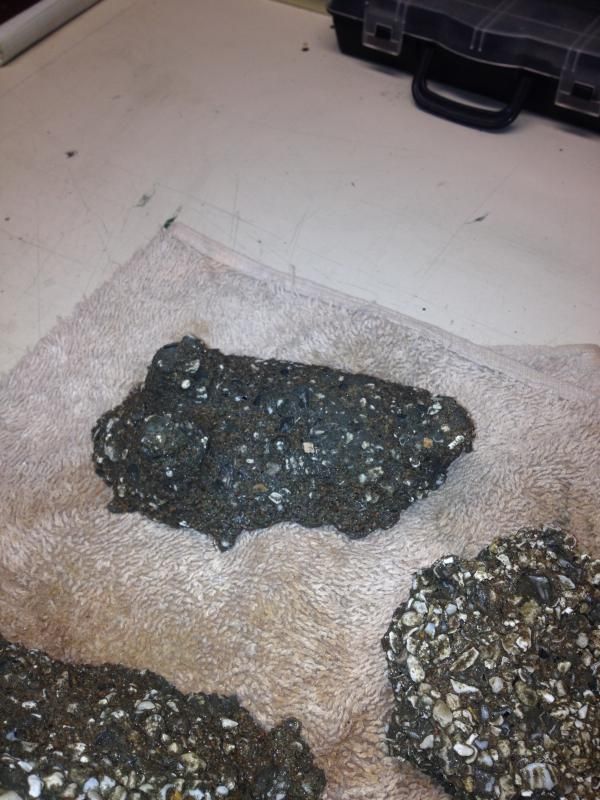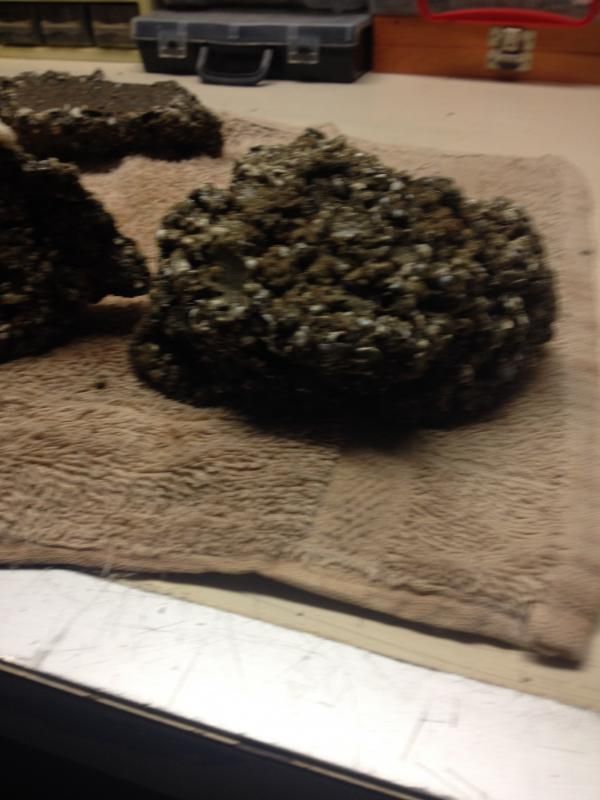I am considering making some live rock of my own so its custom shaped for my 3 gallon tank and if it works well will make more for larger tank. What I have found through searching is following guide, I am posting here for others to use for reference and get feedback on if process is as easy and accurate as it appears.
Making Your Own Live Rock
To make your own live rock you need to purchase two bags of aragonite sand (one fine, one coarse) and one bag of Portland cement. To begin, mix six parts aragonite sand with one part Portland cement to create a mixture called aragocrete – this mixture will form the base of your live rock. To mold your live rock, you will need to fill a large Styrofoam cooler or another similar container with aragonite sand and damped the sand so it is slightly moist. Next, dig a hole in the sand in the desired shape for your live rock. Try to make the shape as natural as possible – don’t make it a complete circle or oval.
Once you have dug the mold for your live rock, pour the aragocrete into the mold and cover it with aragonite sand. Gently tap the sides of the box a few times to settle the sand then let it sit for at least 24 hours so it has plenty of time to harden. After the rock has hardened, soak it in white vinegar for 12 hours then rinse it well in fresh water. Before you use the rock in your saltwater tank, you should cure it in fresh water for at least one week, replacing the water once a day. You may also want to place start the rock in a grow-out system to begin a colony of coralline algae and beneficial bacteria. To do so, treat the water in the grow-out tank with a reef builder supplement and add some reef calcium. As your colony develops, keep an eye out for unwanted growths of algae.
Don’t be afraid to get creative when building your own live rock. To make pockets or depressions in your rock, dig out a portion of the mold and fill it with aragonite sand. You could also try building a large cave by covering an inflated balloon with the aragocrete mixture – once the rock has set you can pop the balloon. To make tunnels in your live rock, roll up a piece of newspaper or cover a piece of plastic tubing with aragocrete to keep the tunnel open as the rock hardens. Experiment with a variety of shapes as you create your own live rock and, once it has cured, try out several different arrangements to see which looks best in your tank. By making your own live rock you can completely customize it to suit the needs of your fish and your particular tank.
Making Your Own Live Rock
To make your own live rock you need to purchase two bags of aragonite sand (one fine, one coarse) and one bag of Portland cement. To begin, mix six parts aragonite sand with one part Portland cement to create a mixture called aragocrete – this mixture will form the base of your live rock. To mold your live rock, you will need to fill a large Styrofoam cooler or another similar container with aragonite sand and damped the sand so it is slightly moist. Next, dig a hole in the sand in the desired shape for your live rock. Try to make the shape as natural as possible – don’t make it a complete circle or oval.
Once you have dug the mold for your live rock, pour the aragocrete into the mold and cover it with aragonite sand. Gently tap the sides of the box a few times to settle the sand then let it sit for at least 24 hours so it has plenty of time to harden. After the rock has hardened, soak it in white vinegar for 12 hours then rinse it well in fresh water. Before you use the rock in your saltwater tank, you should cure it in fresh water for at least one week, replacing the water once a day. You may also want to place start the rock in a grow-out system to begin a colony of coralline algae and beneficial bacteria. To do so, treat the water in the grow-out tank with a reef builder supplement and add some reef calcium. As your colony develops, keep an eye out for unwanted growths of algae.
Don’t be afraid to get creative when building your own live rock. To make pockets or depressions in your rock, dig out a portion of the mold and fill it with aragonite sand. You could also try building a large cave by covering an inflated balloon with the aragocrete mixture – once the rock has set you can pop the balloon. To make tunnels in your live rock, roll up a piece of newspaper or cover a piece of plastic tubing with aragocrete to keep the tunnel open as the rock hardens. Experiment with a variety of shapes as you create your own live rock and, once it has cured, try out several different arrangements to see which looks best in your tank. By making your own live rock you can completely customize it to suit the needs of your fish and your particular tank.

